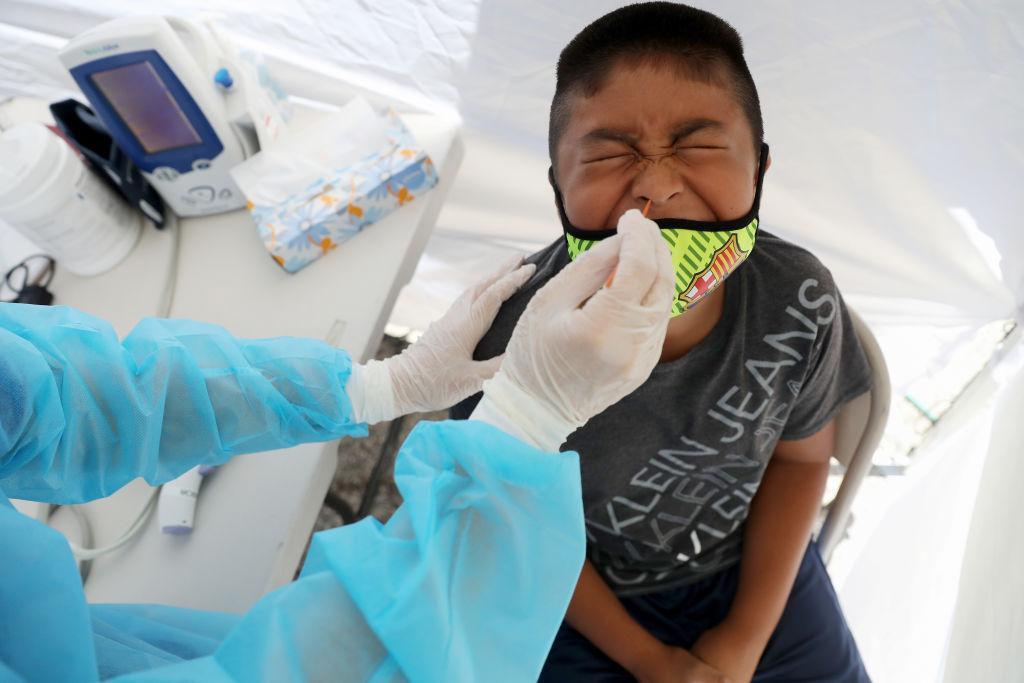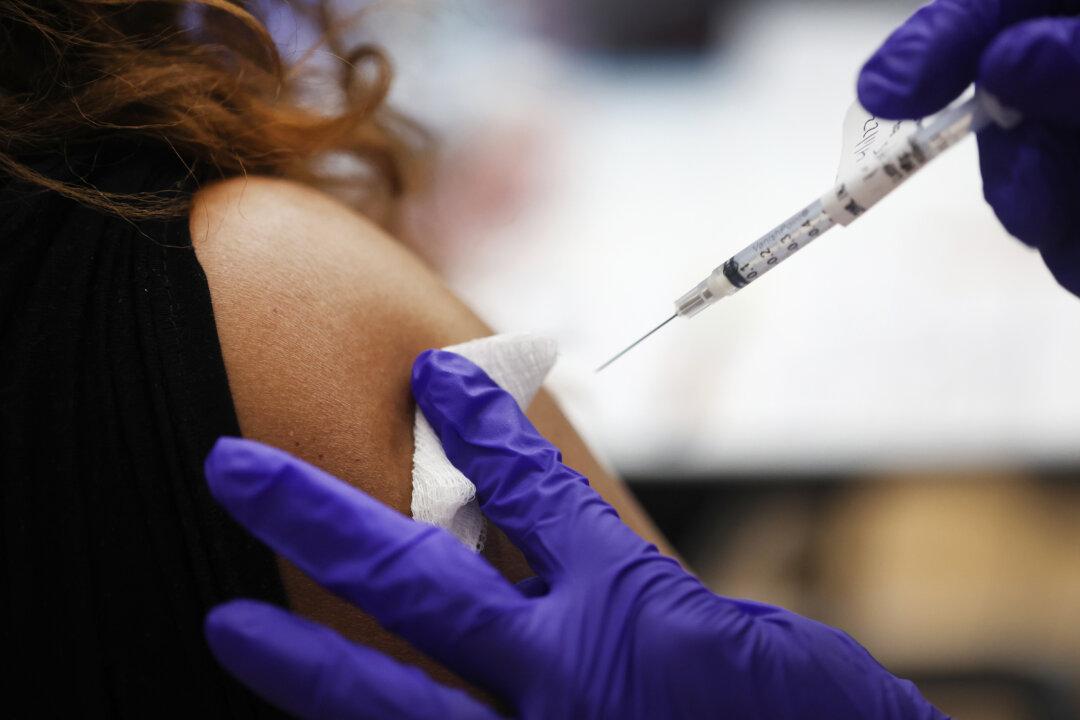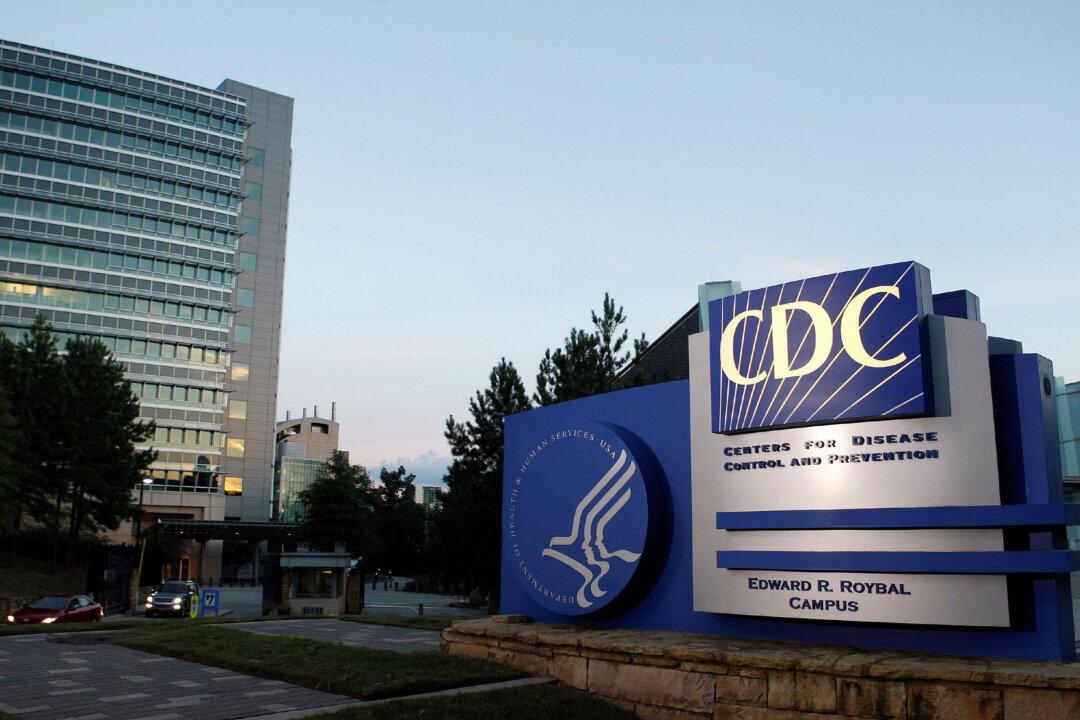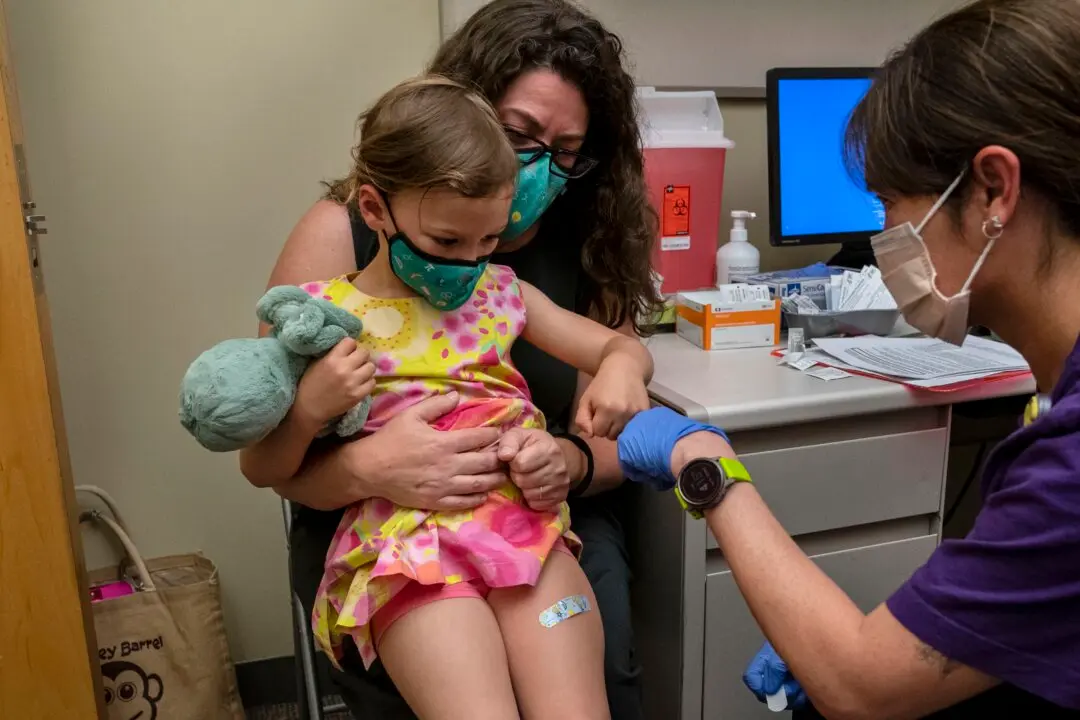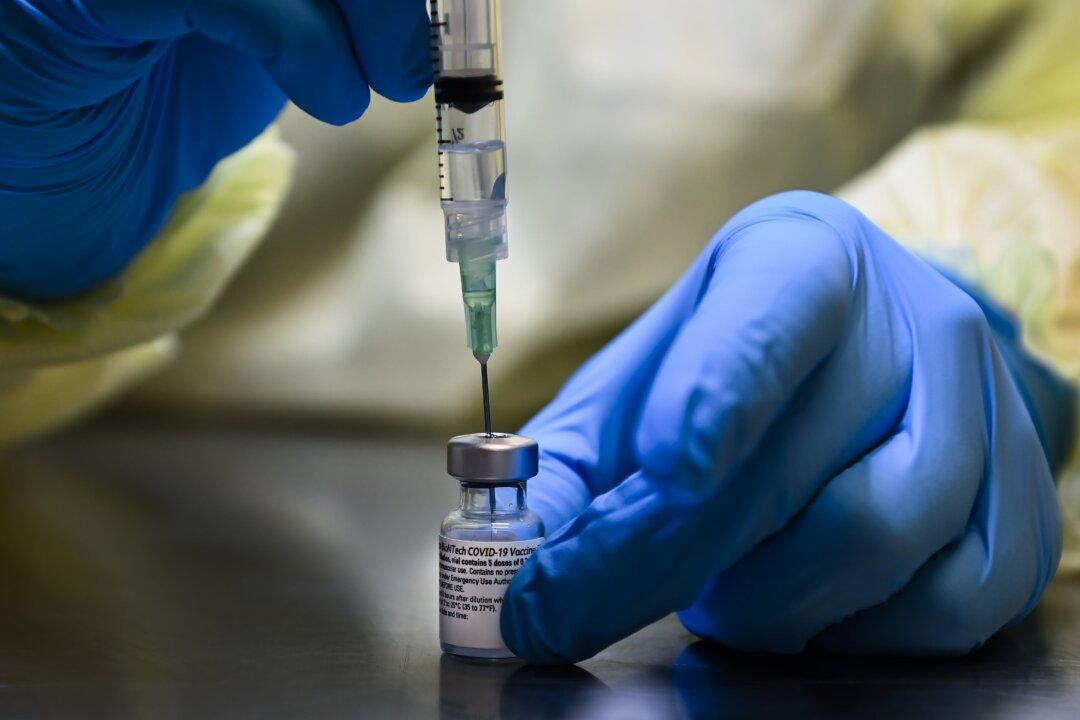Screening testing of children without symptoms for COVID-19 may cause more harm than good and is an expensive intervention, physician and epidemiologist Dr. Tracy Beth Hoeg says.
Such a surveillance testing program is costing the Biden administration $10 billion. In January 2022, the administration announced that it would double down to keep schools safe by “increasing the number of COVID-19 tests available to schools by 10 million per month.”

